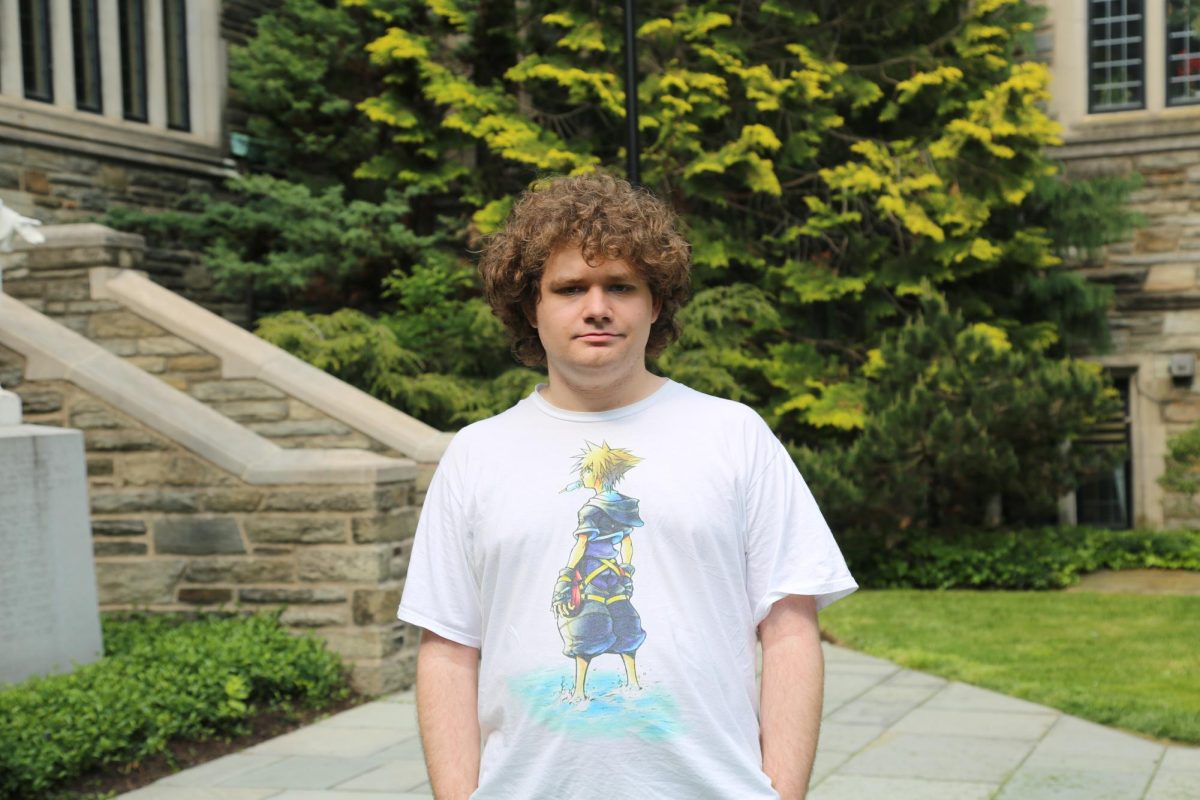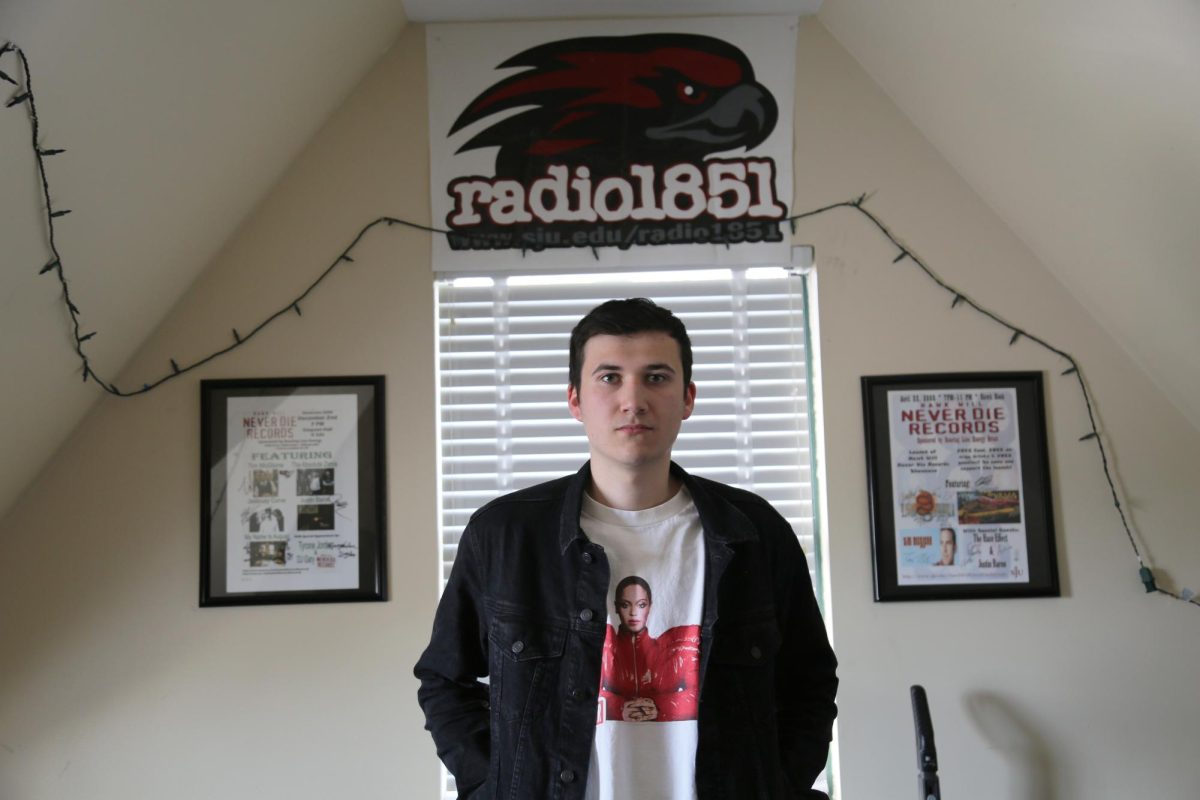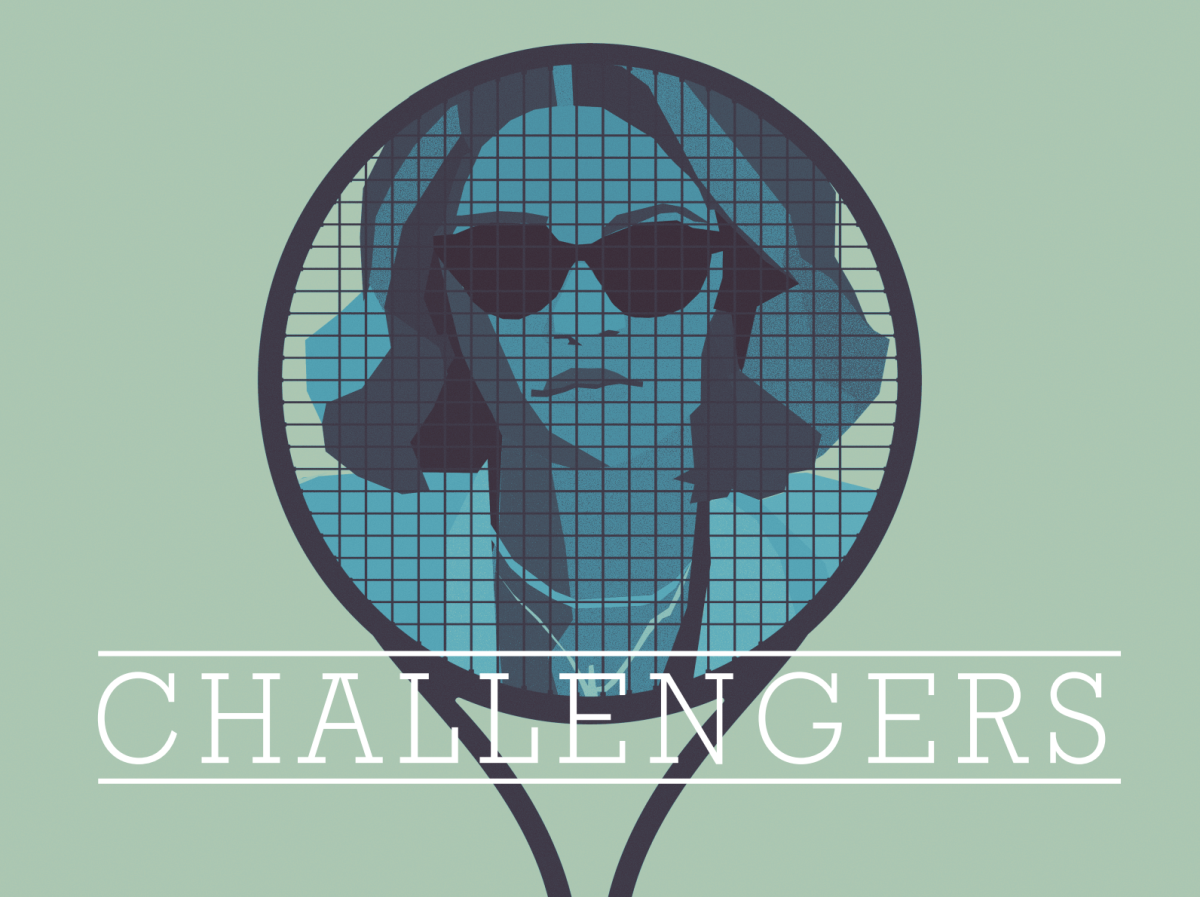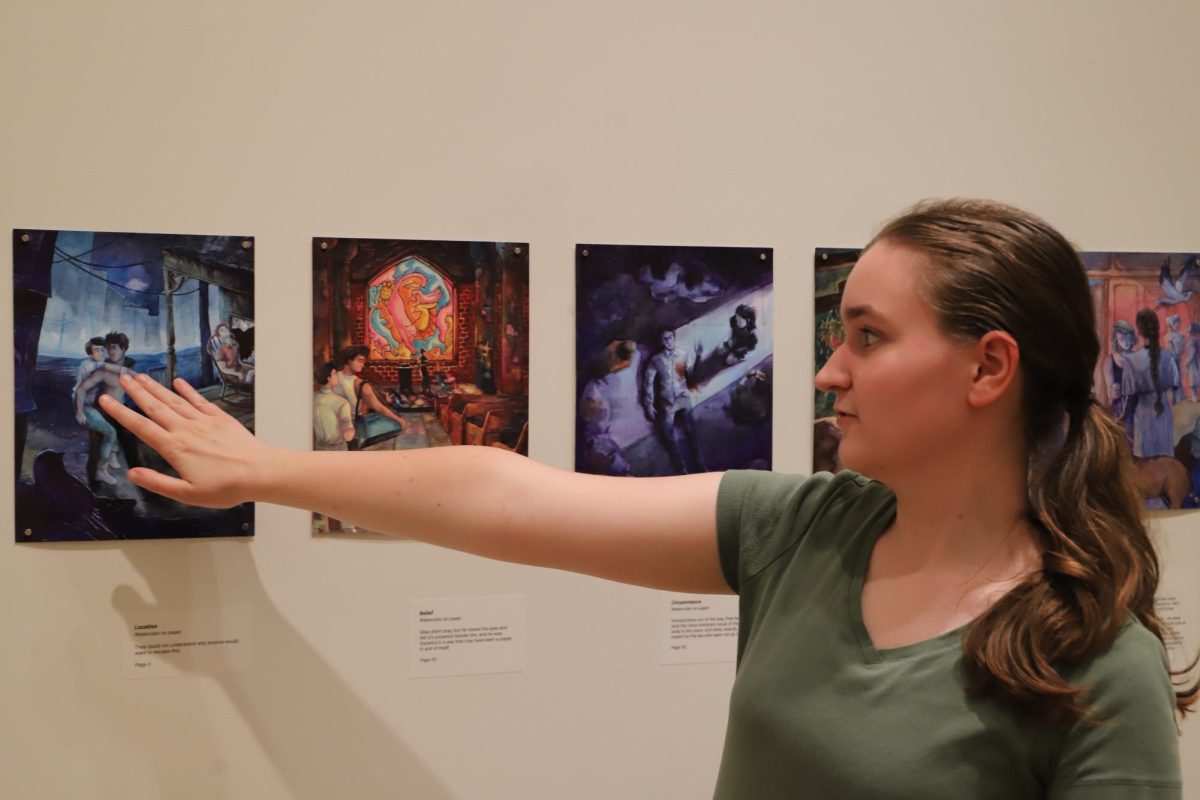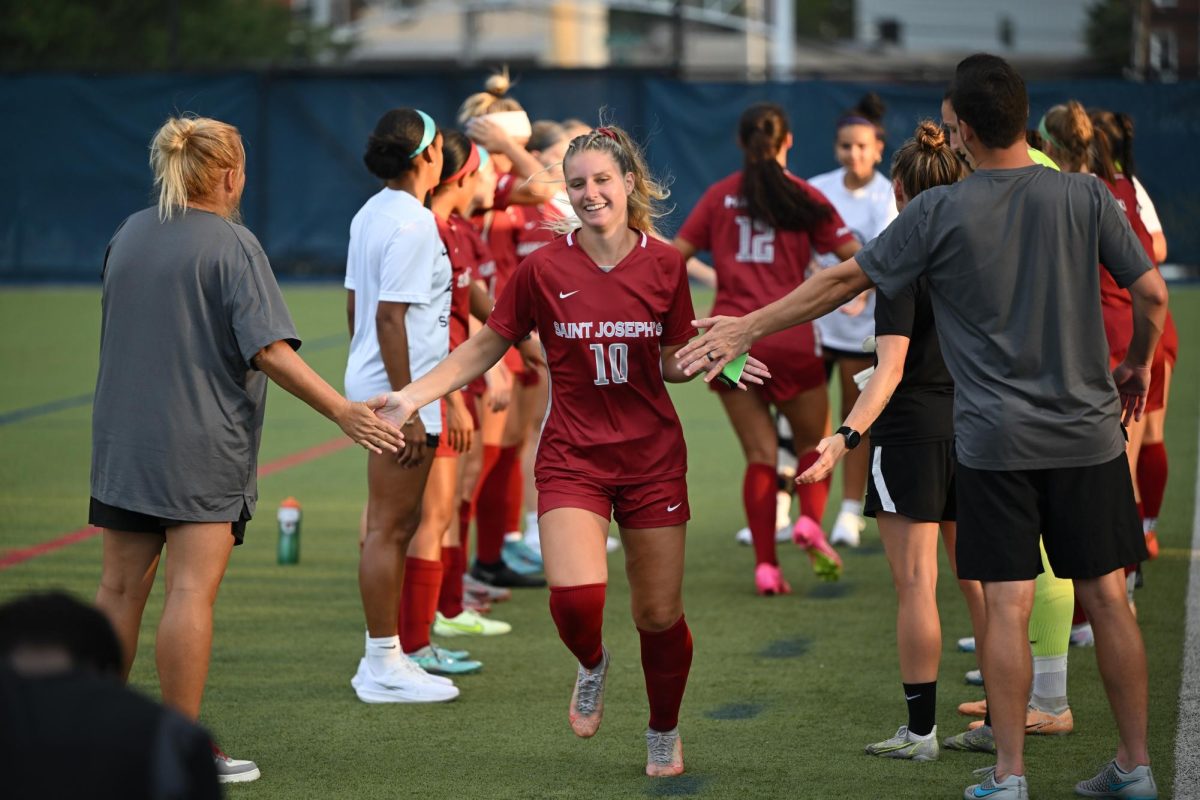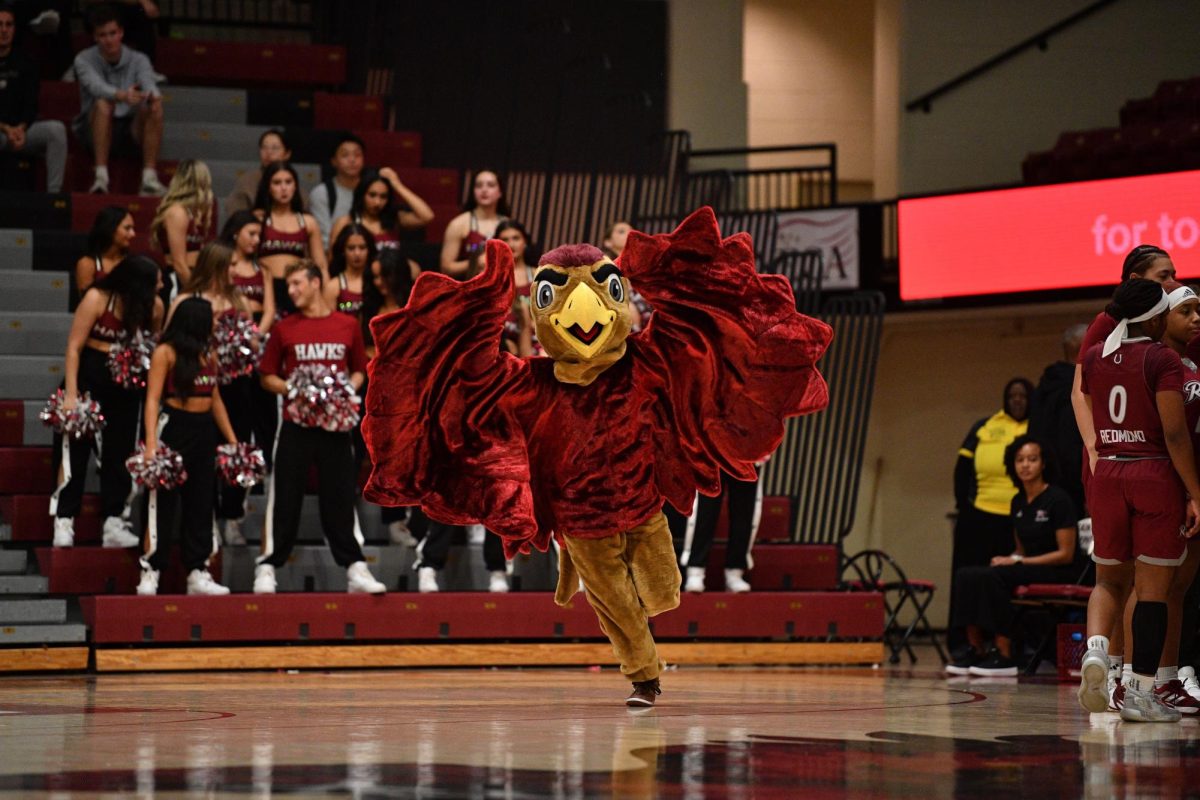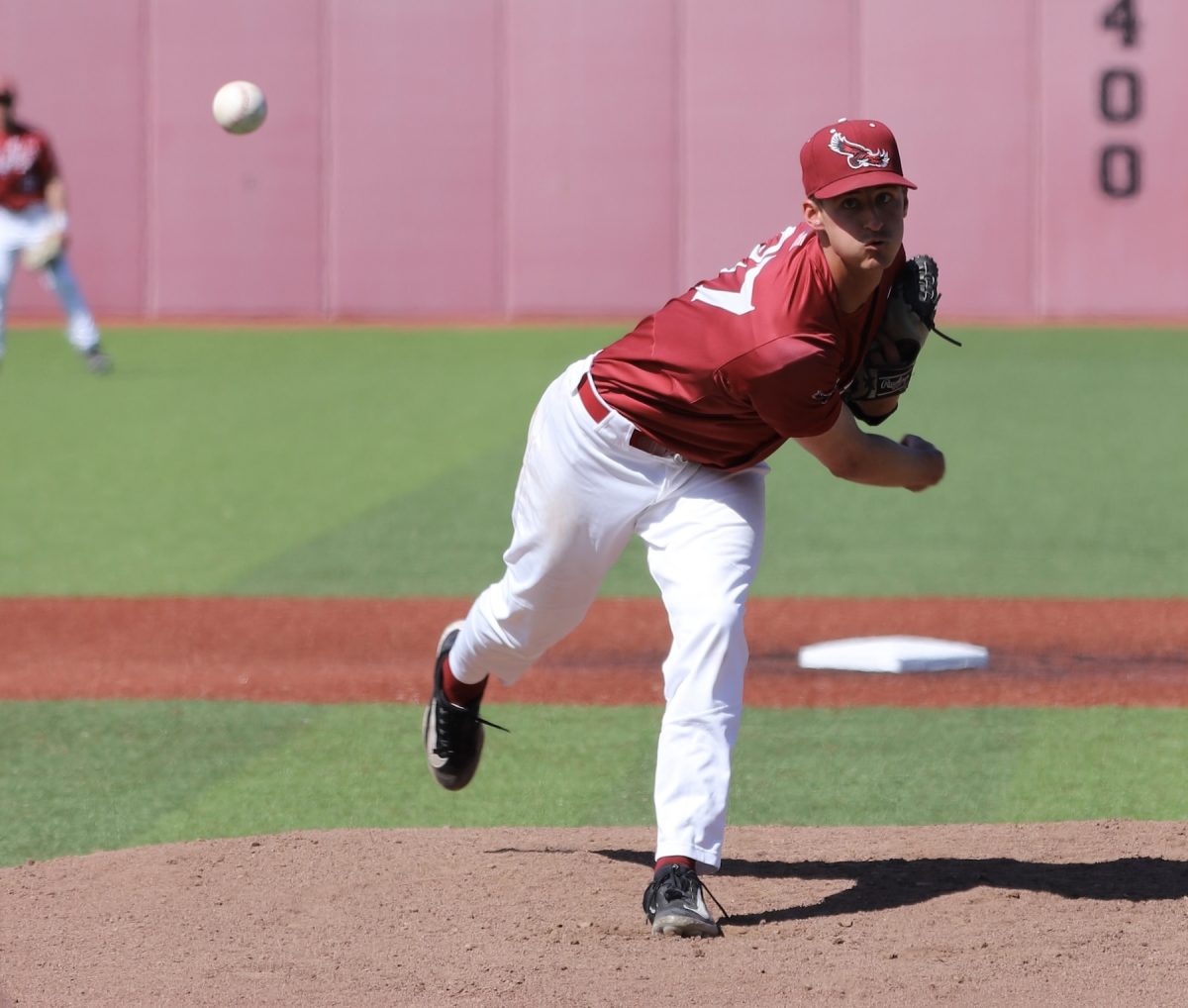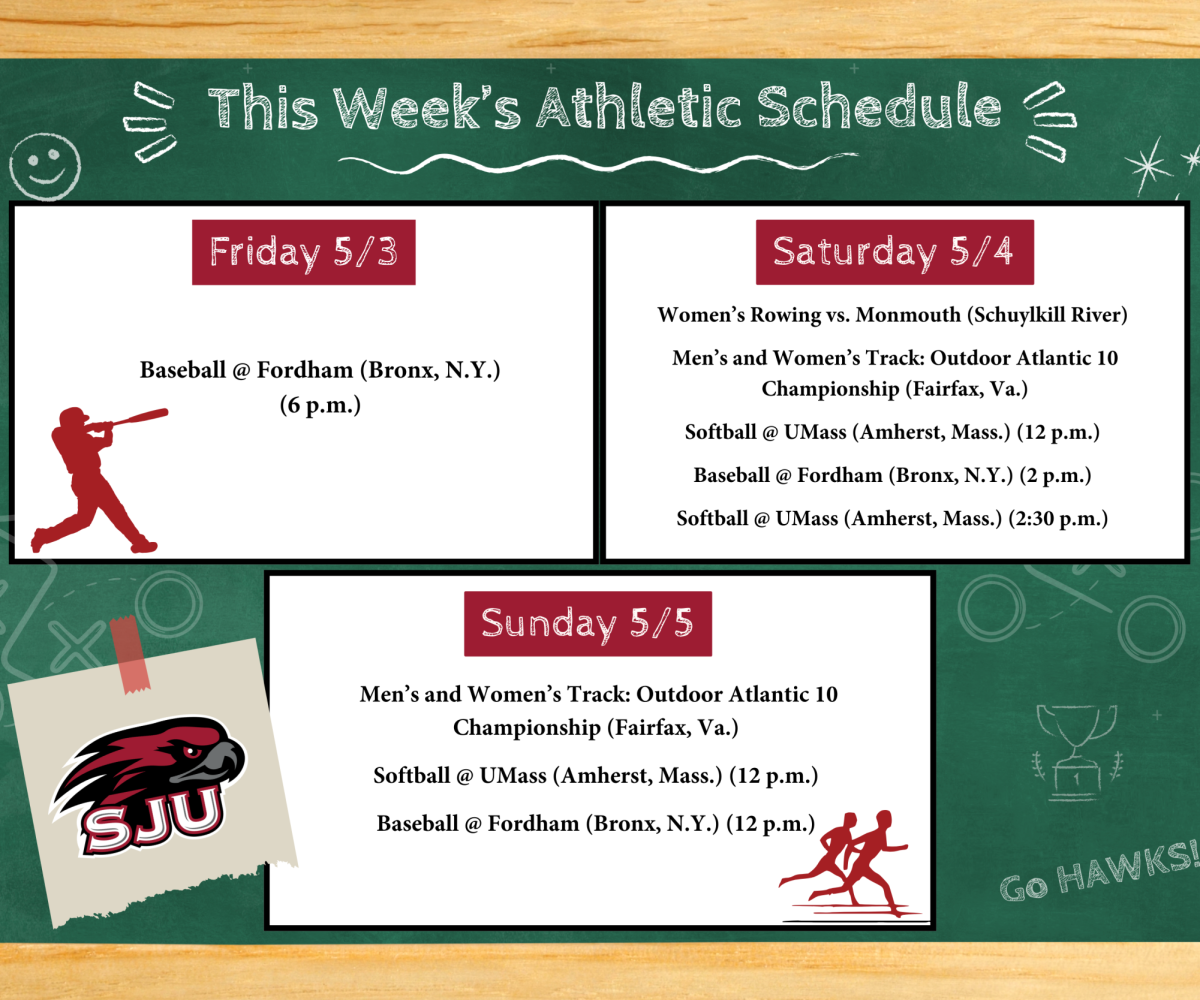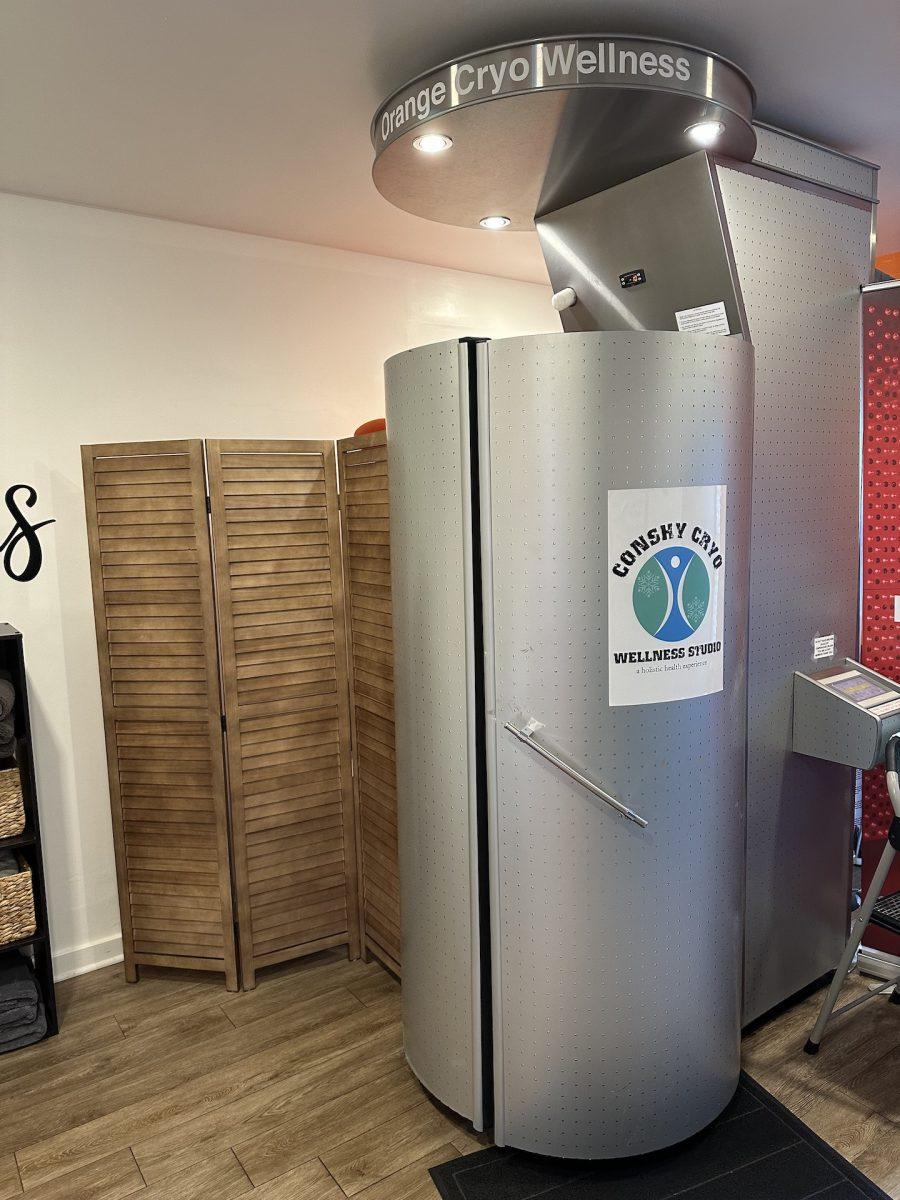Here’s the thing: cryotherapy is cold. Like, shockingly cold.
Just seconds after I entered the cryotherapy chamber, my entire body began to tremble. I was shoulder deep in what looked like a seven-foot-tall tubular refrigerator, surrounded by a fog of liquid nitrogen. The next three minutes felt like an eternity.
The idea behind cryotherapy is that it will reduce any inflammation in your tissues by exposing your body to subzero temperatures for anywhere between two to four minutes. The temperature of the chamber drops to between minus 200 and minus 400 degrees Fahrenheit.
I’ve often been advised to ice my injuries or sit in an ice bath to help with inflammation and swelling. Cryotherapy is said to offer better results faster.
As a goalkeeper for the St. Joe’s women’s soccer team, I wanted to see if cryotherapy could alleviate some of the pain I’ve been experiencing in both my ankle and knee due to injury. This treatment has been recommended to me by some of my teammates who have had success with it in the past, and I was willing to try anything to help manage my pain.
In Conshohocken, about 25 minutes from the Hawk Hill campus, resides a small residential-looking building. Located here is Orange Cryo Wellness, one of the few places that makes cryotherapy readily available.
After arriving, I was instructed to sign a consent waiver to ensure I did not have any of the at-risk conditions for this treatment. Even though liquid nitrogen is a non-toxic gas otherwise safe for exposure, those who are pregnant or have severe hypertension or arrhythmia, for example, are discouraged from the treatment. After signing, I was directed to a room where I had to change into a robe, socks, Crocs and gloves, all of which were provided for me.
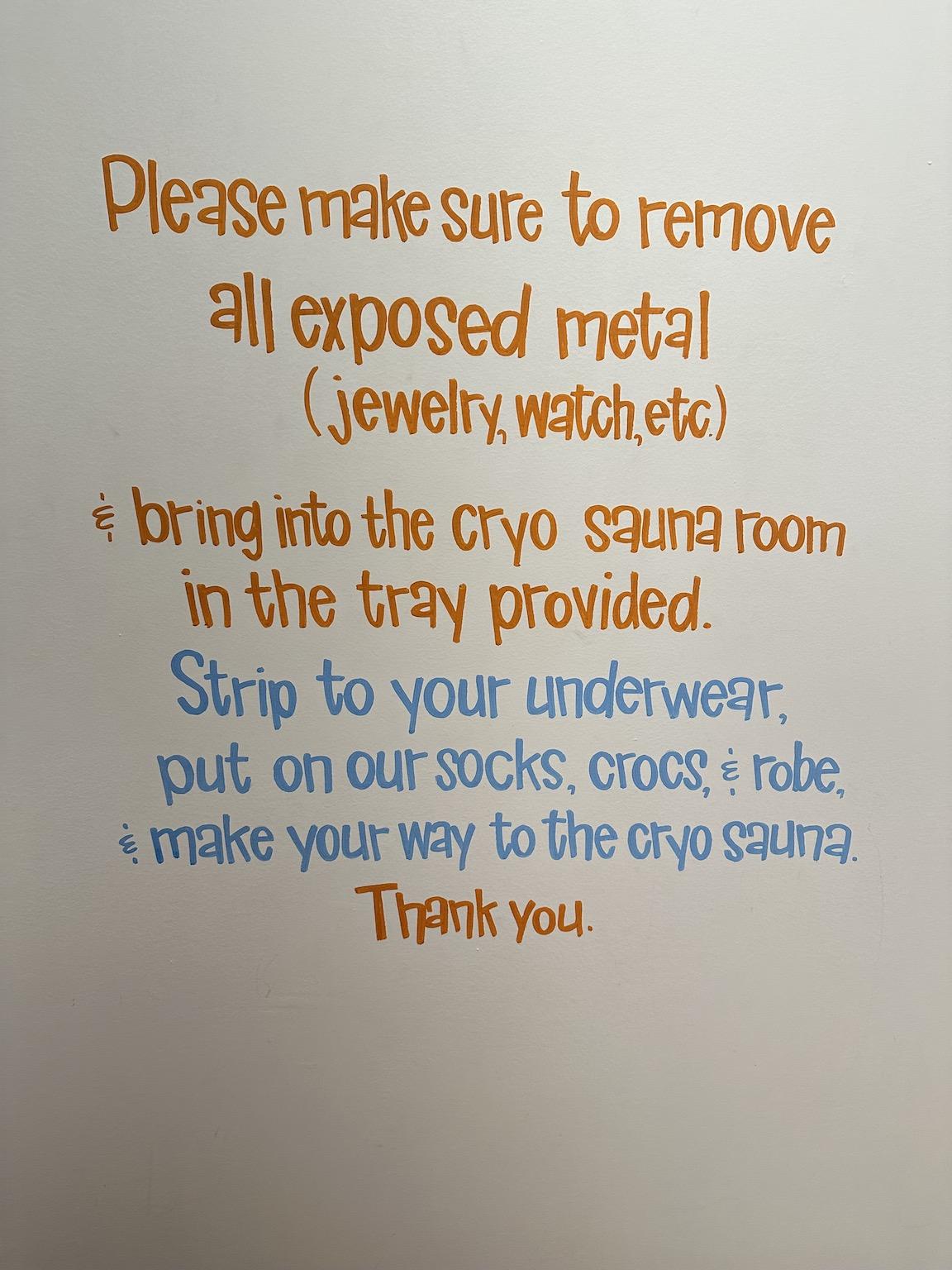
Janice Selig, owner of Orange Cryo Wellness, elaborated on the science behind cryotherapy.
“It releases that blood that’s been protecting your core and when the blood goes into your core, it’s super oxygenated,” Selig said. “So once that circulation goes through your body, it is rich in oxygen and other nutrients because it’s gone through [your core].”
Selig’s description of what happens in the cryotherapy chamber perfectly matched my experience.
“When you hop in the chamber and you’re experiencing that cold and drastic change, your body goes into fight or flight,” Selig said. “So it’s going to take or move your blood circulation from your extremities to protect your core because it thinks you’re freezing.”
Within seconds of being in the chamber, my teeth were chattering, and I could feel my body going numb. I felt like there was pressure building in my chest.
Kyle Bartleson, a senior midfielder for the St. Joe’s men’s soccer team, has been doing cryotherapy for over five years. What started as a suggestion from his running coach following a hamstring injury his sophomore year of high school became a frequent treatment to help with both active injuries and injury prevention.
“It’s a little weird at first, you don’t really know what to expect, but as you go multiple times and get into a habit of going, I feel like there’s only really an upside to injury prevention and healing any injuries that you might have,” Bartleson said.
Like Bartleson, when I first stepped into the chamber and felt my body get cold, I wasn’t sure how this would help me. However, after just three minutes in the chamber, I felt significantly better the next morning. I also had a better range of motion in both extremities.
My kinesiology professor, Eric Laudano, Ph.D., the senior associate athletic director for high performance and campus recreation at St. Joe’s, told me he has used various cryotherapy techniques to treat student athletes. This has been an effective treatment option for reducing both pain and soreness, he said.
“If there’s an opportunity to look at something that’s evidence based and that has scientific backing and research behind it, I’m always open to looking at ways it could be used and what the impact would have on student-athlete healthcare,” Laudano said.
One downside: the cost. Many treatments for injury and injury prevention are covered under insurance, but cryotherapy is not. A single three-minute session of cryotherapy costs $45.
“I think the price may be a little daunting at first, but I feel it is worth it in the long run,” Bartleson said. “I feel the positives outweigh the negatives, like the benefits that it has for your body both mentally and physically.”
Orange Cryo Wellness does offer a student-athlete discount of $35 per visit, which definitely helps.
For me, cryotherapy had benefits far beyond treating my immediate injuries. It improved my mood and gave me a burst of (warm!) energy for the rest of my day.




